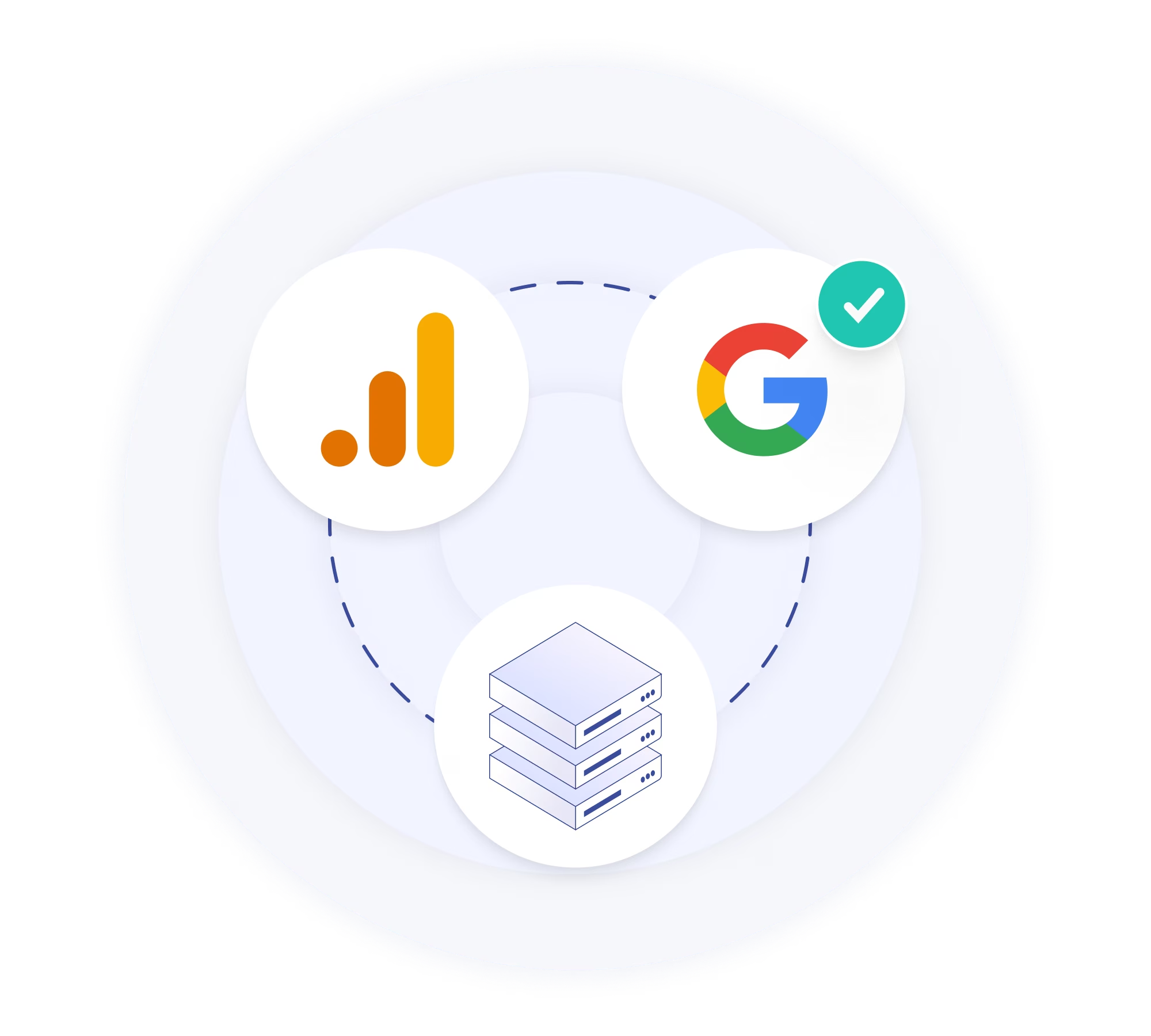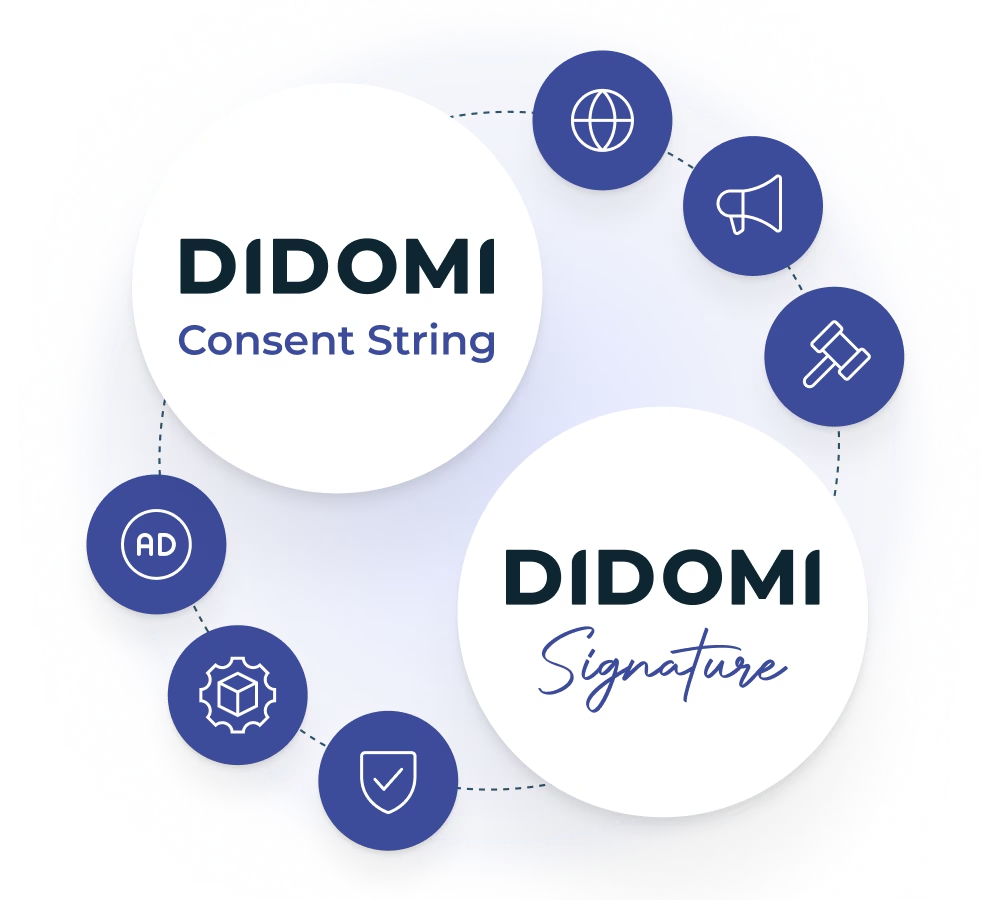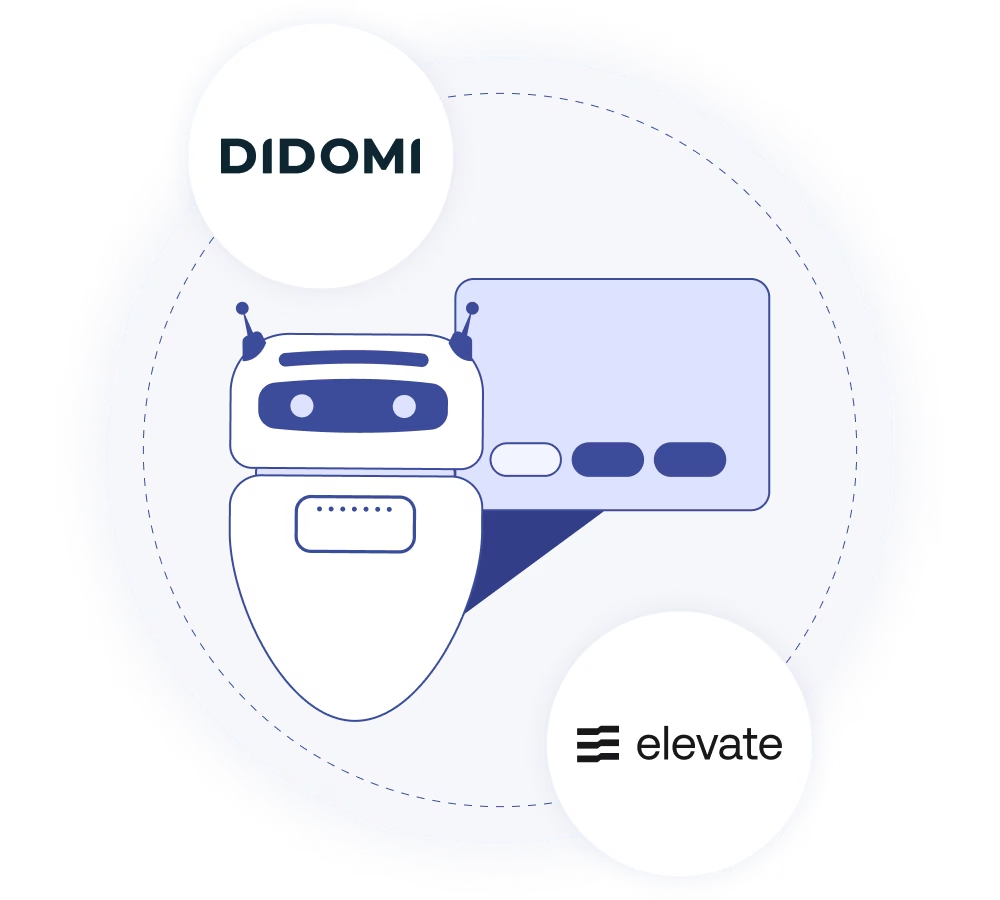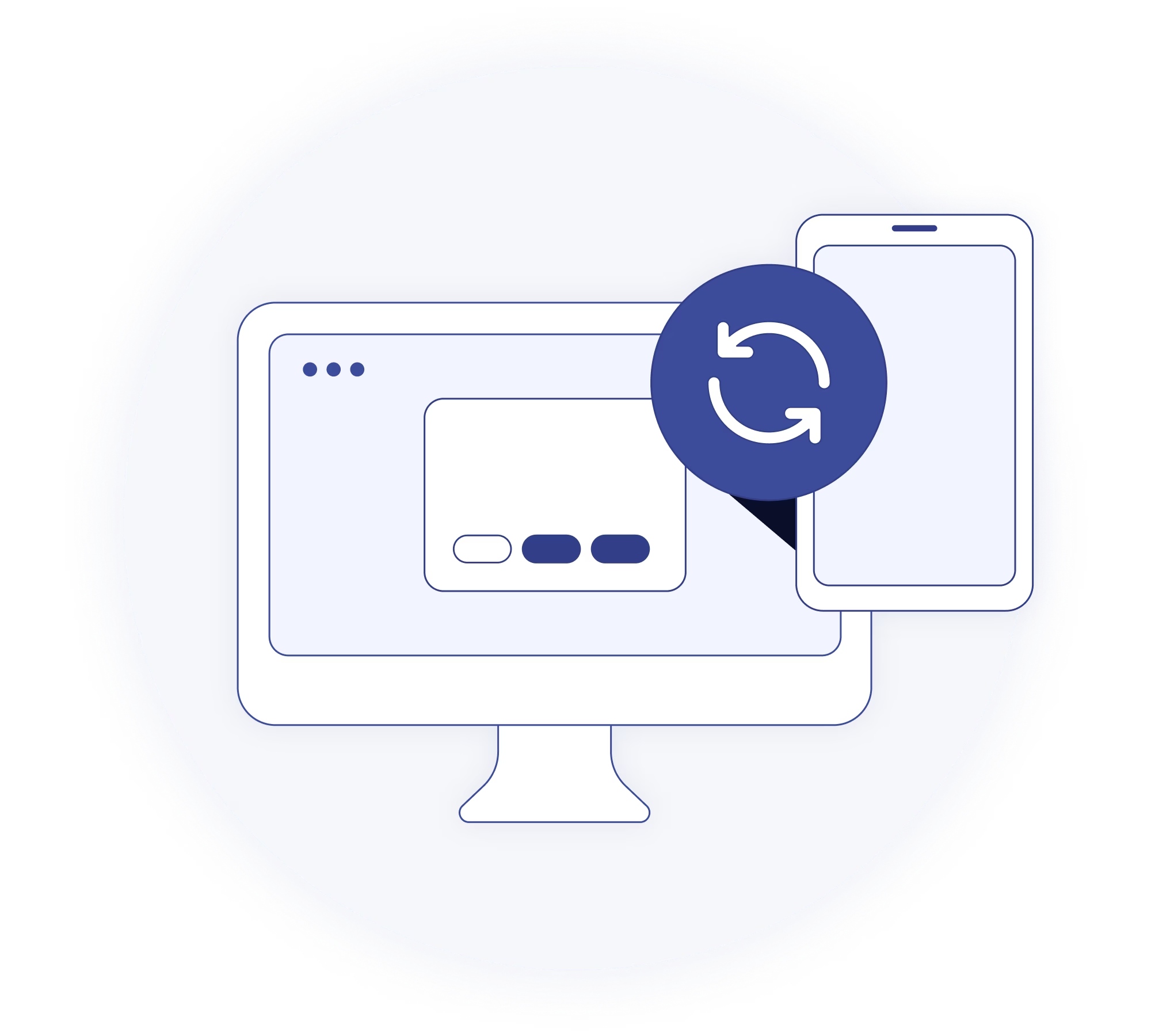The tech space is full of acronyms (something we’re particularly familiar with in the world of data privacy). Add to that the fact that certain software solutions sometimes serve neighboring purposes or similar user demographics, and things can get confusing.
We often receive questions about the difference between a Preference Management Platform (PMP) and a Customer Data Platform (CDP). In this article, we define the nature, scope, and benefits of each before comparing them to understand where each should stand in your marketing stack.
What is a Customer Data Platform (CDP)?

A Customer Data Platform (CDP) is software designed for organizations to solve the problem of data collection and unification, bringing together the data spread among their internal software stack (CRM, POS, e-commerce, social sites, email, and analytics) to create a single, comprehensive view of their customer.
Beyond their core function of creating unified customer profiles, CDPs tend to have optional capabilities and applications such as campaign management, message delivery services, robust identity resolution, customer segmentation, and predictive models.
What is a Preference Management Platform (PMP)?

A Preference Management Platform (PMP) is a software solution that collects, centralizes, and easily distributes all types of user choices (consent and preferences) that can be used for remarketing and retargeting purposes or to enrich customer profiles.
It allows organizations to collect legal user consent online and offline and to leverage it for:
- Marketing activation (commercial communication, advertising campaigns)
- First-party data sharing with other sources of user information (ie, CRM or CDP)
- Legal activation of customer data
Today, one of the major issues faced by companies is the decentralization of user choices. Most organizations collect consent and preferences in a variety of tools and platforms. This poses challenges in terms of data reconciliation and, as a result, prevents teams from activating previous first-party data at its full potential.
The premise of a PMP is simple: Collecting consented first-party data in a single platform to build a thorough understanding of your customers’ choices, which you can redistribute across your entire stack to create better, more personalized marketing campaigns.
A Preference Management Platform is the cornerstone of modern customer activation strategy.
In working with enterprise organizations, I've seen how PMPs serve as the critical foundation for consent orchestration, enabling compliant customer engagement across all channels. Without this consent infrastructure, even the most sophisticated martech stack becomes severely limited.
The ability to collect, manage, and activate user preferences while respecting their consent choices isn't just a regulatory requirement, it's a competitive advantage in building lasting customer relationships.”
- Kevin Domingo, Key Account Manager at Didomi
This approach doesn’t just enhance marketing and advertising effectiveness, it fosters stronger brand-user relationships and builds trust through tailored experiences:
{{discover-our-preference-management-platform}}
What are the key differences between CDP and PMP?

How can a CDP and a PMP work together?
Even though they serve different purposes, a CDP and a PMP can be integrated to maximize data collection and optimize usage across your tech stack.
Organizations can leverage both software solutions to collect user preferences, building and enriching elaborate customer profiles which, in turn, can be used to create ultra-personalized experiences.

This integration helps companies deliver personalized experiences while respecting user privacy choices, leading to higher engagement rates and lower opt-out rates
What we learned discussing with clients is that the CDP & PMP are not antagonistic but complementary, forming the ultimate combo to achieve the maximum use of first-party data.
By combining the two pillars, consent and user profile centralization, organizations are able to enhance their deliverability and the investment in their marketing stack.
- Constance Miceli, Enterprise Account Executive at Didomi
Are you curious to discuss how a PMP could help your organization?
Get in touch with one of your experts to discuss your use case, explore our solutions page to learn more, and check out how media company Mediahuis implemented a PMP to create personalized experiences for its users across 5 countries:

.svg)



















